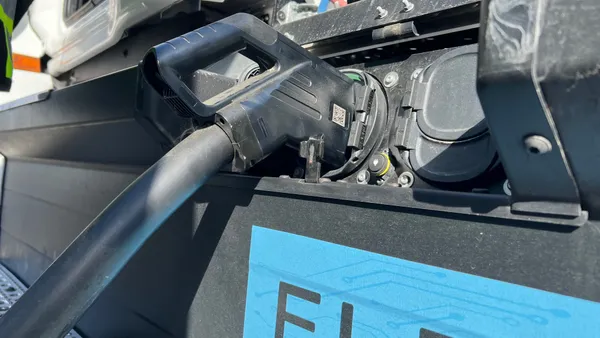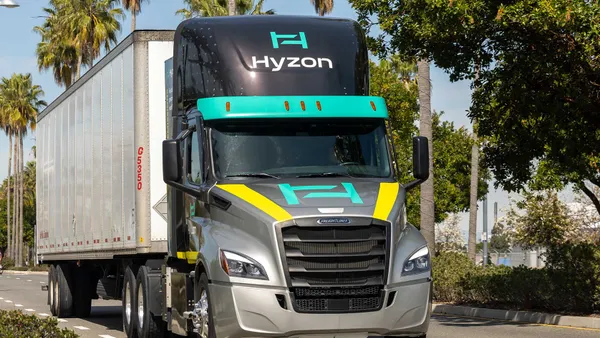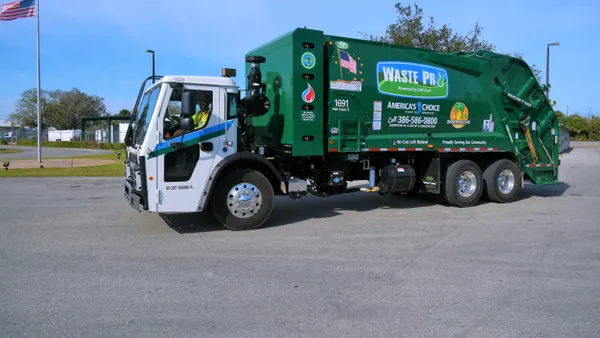Dive Brief:
- The nation's highest population growth was seen in southern and western cities last year, according to new data from the U.S. Census Bureau. Eight of the top 15 U.S. cities with the greatest population growth were in the south, with three of them — San Antonio, Dallas and Fort Worth — in Texas.
- Between July 2016 and July 2017, San Antonio added 24,200 people, an average of 66 people per day, for a growth rate of 1.6%.
- Outside of Texas, the top population gains were in Phoenix (24,000), Los Angeles (18,600), Seattle (17,500) and Charlotte, NC (15,600).
Dive Insight:
Growth in the South and West came at the expense of large coastal cities like New York, a typical mainstay on the list of booming metro areas, as Stateline points out. Enough people are moving away from New York that even the typical flow of births and immigration did not keep it in the top 15 between 2016 and 2017.
Affordable housing appears to be driving people back to the Sun Belt and West. Stateline notes that a homeowner in Los Angeles or New York City is paying close to 30% of their income on mortgage or taxes, compared to 22% in San Antonio or Phoenix. Even within Texas, the boom in suburban population has come at the expense of larger cities like Austin and Houston, where populations dropped (the figures do not account for population loss from Hurricane Harvey, which hit after the period covered by the census figures). The downturn in the petroleum industry likely accounted for some of Houston’s population loss.
These population trends in the Sun Belt also track with recent waste industry activity and projections. National companies have said southern states are some of their fastest growing markets, municipal contracts in the area have become even more competitive than usual and the National Waste & Recycling Association (NWRA) has begun enhancing activity in the region.
As analysts and executives well know, more people moving to these southern cities means more business. That will come in the form of construction debris from new or renovated housing, higher container volumes at commercial establishments and eventually more material in residential curbside carts.
All of this can be taken as positive news for business, though the trends could also necessitate getting more workers on the road at a time when the labor market is tight - especially in southern states where more stringent immigration policies may be felt the hardest.











